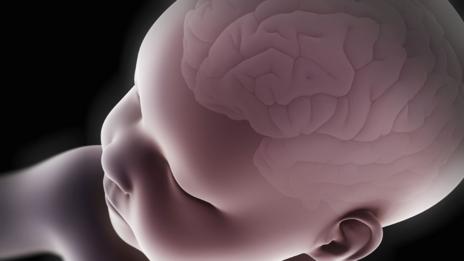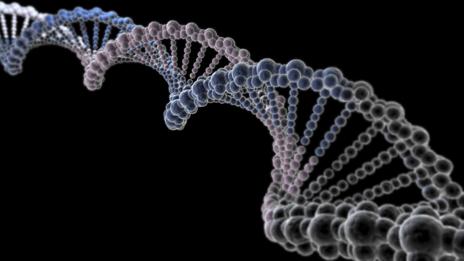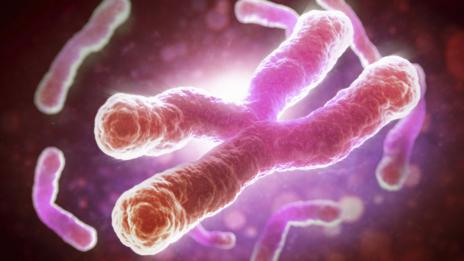 By artificially activating circuits in the brain, scientists have turned negative memories into positive ones.
By artificially activating circuits in the brain, scientists have turned negative memories into positive ones.
They gave mice bad memories of a place, then made them good – or vice versa – without ever returning to that place.
Neurons storing the “place” memory were re-activated in a different emotional context, modifying the association.
Although unlikely to be applied in humans with traumatic memories, the work sheds new light on the details of how emotional memories form and change.
Incremental progress
“Emotion is intimately associated with memories of past events and episodes, and yet the ‘valence’ – the emotional value of the memories – is malleable,” said the study’s senior author Prof Susumu Tonegawa, from the Riken-MIT Center for Neural Circuit Genetics in Massachusetts, US.
He offered examples of a mugging, or a blissful holiday, which might make you fearful of a particular street, or fond of a beach.
We all know that these sorts of emotional associations can be changed by a new, contrasting experience. Your favourite seaside memories, for example, might be soured by news of a shark attack.
Therapists already use this malleability in their efforts to treat trauma victims or people with depression, attempting to replace negative associations with positive ones.
Prof Tonegawa’s team has unpicked some of the networks that make this happen inside the brain.
Two years ago, they showed they could label the cells storing a new, fearful memory in a mouse’s brain, and turn them on again at a later date to cause fearful behaviour.
Then in 2013, they labelled a memory of a place and later reactivated it, while giving the mice small electric shocks. This created a false, fearful association with the original place.
Now they have managed to actually switch the emotional, fearful – or cheerful – content of a memory, from one extreme to the other.
Re-wired connections
Male mice were given a negative experience, consisting of small electric shocks, in a particular room, and the neurons working to store that memory were labelled using “optogenetics”.
Optogenetics: switches for brain cells

- Developed in flies, and then mice, during the early 2000s
- Now used in neuroscience labs all over the world
- Allows researchers to control neurons (brain cells) with coloured light
- Involves genetic installation of light-sensitive ion channels, which change the flow of electrical charge and activate or silence neurons
- To deliver the light, a thin optical fibre can be implanted into the brain
- Much more precise than older techniques, such as stimulating parts of the brain with electric current
- Used in this study to turn specific neurons on, but a range of channels that respond to different colours of light can be used to switch neurons both on and off
- Hotly tipped for a Nobel Prize in the future
This is a technique that effectively installs a switch in those neurons, allowing them to be turned on again at will. The trigger used to stimulate them is a beam of blue light, sent into the brain by an optical fibre.















